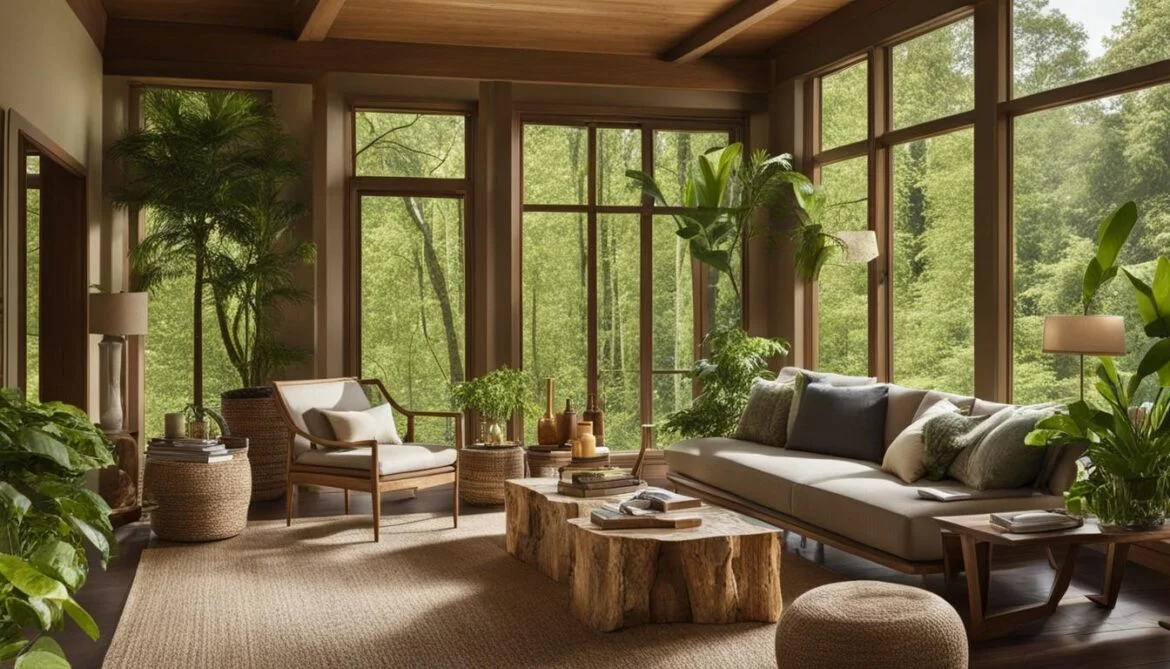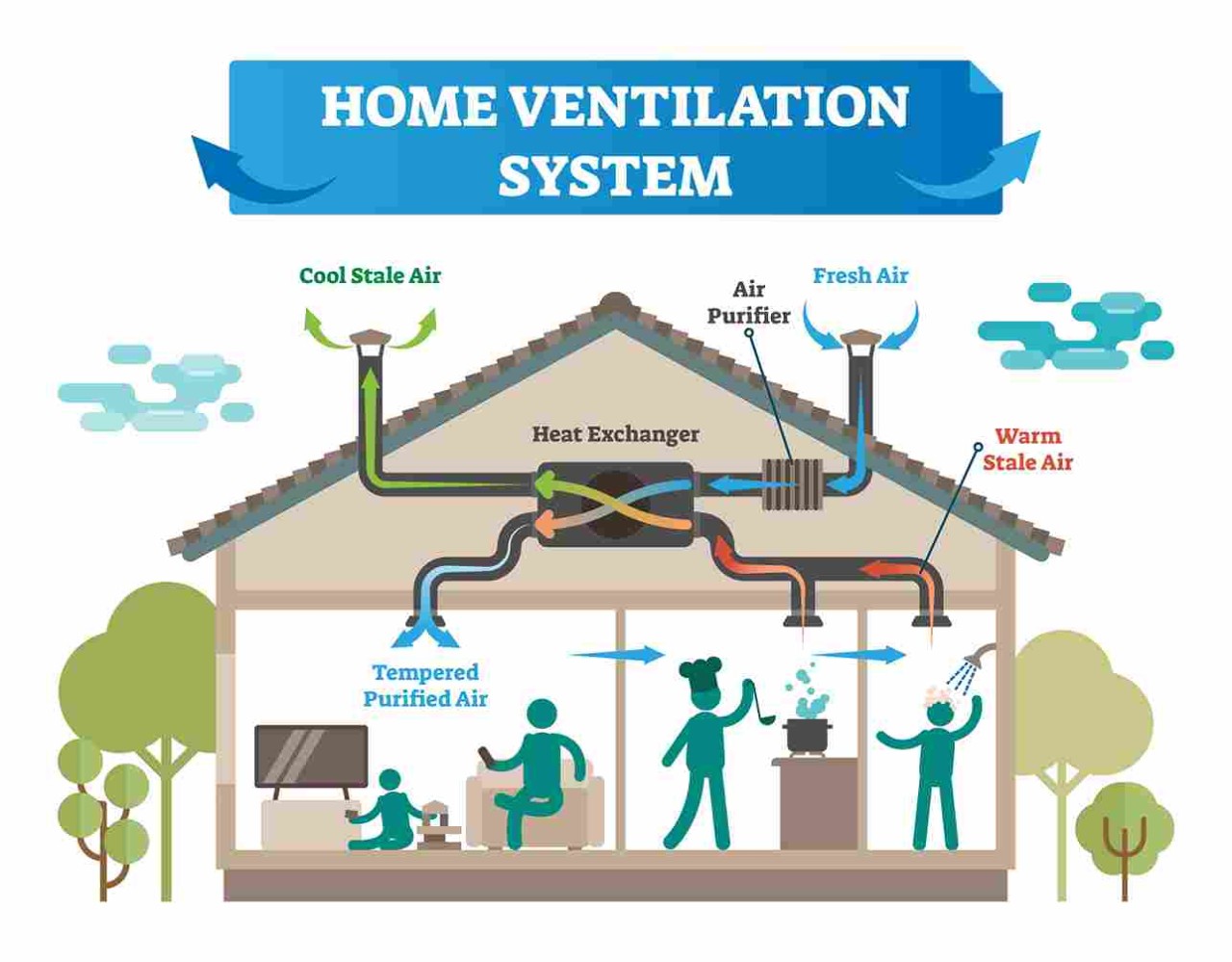
Biomimetic Architecture: Nature-Inspired Home Design Trends
Explore how biomimetic architecture brings nature's wisdom into home design.Biomimetic Architecture: Nature-Inspired Home Design Trends
Imagine stepping into a home that feels like an extension of the natural world around it. Sunlight filters through leaf-like shades, the air circulates effortlessly thanks to a termite mound-inspired ventilation system, and the very walls seem to breathe and adapt to the environment. This isn't a scene from a futuristic sci-fi movie – it's the cutting-edge world of biomimetic architecture, and it's revolutionizing how we think about our living spaces.
As an architect with a passion for sustainable design, I've watched with excitement as biomimicry has gained traction in the world of home design. But what exactly is biomimetic architecture, and why is it becoming such a hot trend?

Nature's Genius in Our Homes
At its core, biomimetic architecture is about learning from and emulating nature's time-tested patterns and strategies. It's not just about making buildings look like plants or animals (though that can be part of it). Instead, it's about understanding the deep principles that allow natural systems to thrive and applying those to our built environment[1].
The benefits of this approach are manifold. Biomimetic designs often lead to increased energy efficiency, as nature has perfected the art of doing more with less over millions of years of evolution. These designs can also enhance our well-being by creating spaces that feel more in harmony with the natural world. And of course, there's the sustainability factor – by mimicking nature's closed-loop systems, we can create homes that have a much lighter environmental footprint[2].
Bringing the Outdoors In
So how does this play out in real-world home design? Let's explore some of the key trends I'm seeing in biomimetic architecture:
- Light-capturing systems: Inspired by how leaves capture and distribute sunlight, designers are creating innovative lighting solutions that maximize natural light while minimizing energy use. I recently visited a home with light shelves modeled after the structure of a leaf, bouncing sunlight deep into the interior spaces[3].
- Climate-adaptive structures: Just as animals adapt to their environments, homes are being designed to respond to local climate conditions. In hot, arid regions, I've seen fascinating designs inspired by desert plants, with self-shading facades and water-harvesting capabilities[4].
- Efficient ventilation: The intricate ventilation systems of termite mounds have inspired some remarkable passive cooling solutions. One of my favorite examples is the Eastgate Centre in Zimbabwe, which uses principles from termite mounds to maintain a comfortable temperature with minimal energy use[5].
- Structural biomimicry: Nature is a master of creating strong, lightweight structures. We're seeing more homes incorporate tree-like support systems or honeycomb-inspired wall structures that provide strength with minimal material use[6].
- Self-cleaning surfaces: Inspired by the lotus leaf's ability to repel water and dirt, self-cleaning coatings are being developed for windows and exterior surfaces. Imagine never having to wash your windows again![7]

Materials That Mimic Life
It's not just about design principles – biomimicry is also influencing the very materials we use to build our homes. Some exciting developments include:
- Self-healing concrete inspired by the human body's ability to repair cuts and bruises
- Bird-safe glass with patterns based on spider webs, visible to birds but nearly invisible to humans
- Breathable fabrics for window coverings that open and close in response to humidity, inspired by pine cones[8]
Bringing Biomimicry Home
While some of these innovations might seem out of reach for the average homeowner, there are plenty of ways to incorporate biomimetic principles into your own space. Here are a few ideas I often suggest to clients:
- Install a green roof or living wall to improve insulation and air quality
- Use natural materials and textures to create a sense of connection with nature
- Optimize your home's orientation and window placement for passive solar heating and cooling
- Incorporate water features that mimic natural streams or ponds for both aesthetics and humidity control
The Future is Natural
As we face increasing environmental challenges, I believe biomimetic architecture will play a crucial role in creating more sustainable and resilient homes. We're just scratching the surface of what's possible when we look to nature for solutions.
Of course, there are challenges to overcome. Implementing some of these designs can be costly, and building codes don't always keep pace with innovation. But as more people recognize the benefits of biomimetic design, I'm optimistic that we'll see these approaches become more mainstream.
The next time you're in nature, take a moment to look closely at the structures and systems around you. That pine cone or seashell might just hold the key to the future of home design. After all, as the great architect Frank Lloyd Wright once said, "Study nature, love nature, stay close to nature. It will never fail you."
References
- https://www.foresthomesstore.com/blogs/decor-for-wellbeing/discover-best-nature-inspired-interior-design-trends-in-2023
- https://thespaces.com/5-homes-designed-embrace-nature/
- http://paintspirationart.com/nature-inspired-diy-ideas-for-the-home/
- https://www.re-thinkingthefuture.com/rtf-fresh-perspectives/a1370-10-instances-of-biomimicry-in-interiors/
- https://www.buildingenclosureonline.com/blogs/14-the-be-blog/post/90489-how-biomimetic-architecture-links-built-and-natural-environments
- https://www.novatr.com/blog/biomimetic-design-in-architecture
- https://vivaacp.com/biomimetic-designs-with-acp-sheets
- https://www.voguefashioninstitute.com/biomimicry-in-interior-design/
Soundscaping Your Home: The Art of Acoustic Design for Modern Living






Comments
As a student studying environmental science, I’m excited to see the rise of nature-inspired home design trends. It’s inspiring to learn how architects are drawing from biological principles to solve complex design challenges. This approach aligns perfectly with sustainable development goals.
I recently renovated my home with some nature-inspired designs, and the results are amazing! Incorporating natural materials and forms has made my living space more serene and eco-friendly. Highly recommend exploring biomimetic architecture for anyone considering a home makeover.
Biomimetic architecture is a game-changer for sustainable living. By mimicking natural processes and structures, we can create buildings that are more energy-efficient and resilient. This trend not only benefits the environment but also promotes healthier living spaces for occupants.
As an architect specializing in sustainable design, I find biomimetic architecture fascinating. Integrating nature-inspired elements not only enhances aesthetic appeal but also improves environmental performance. Looking forward to seeing more projects adopting these trends!
Leave a Comment